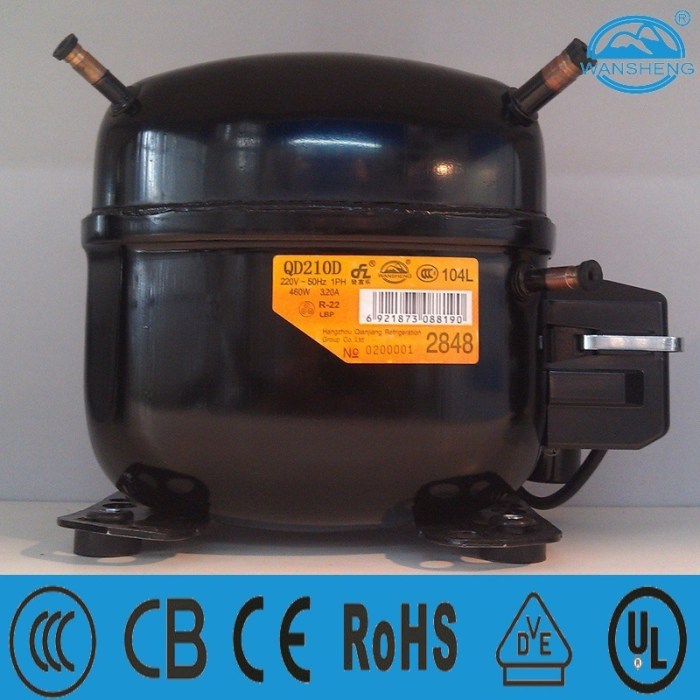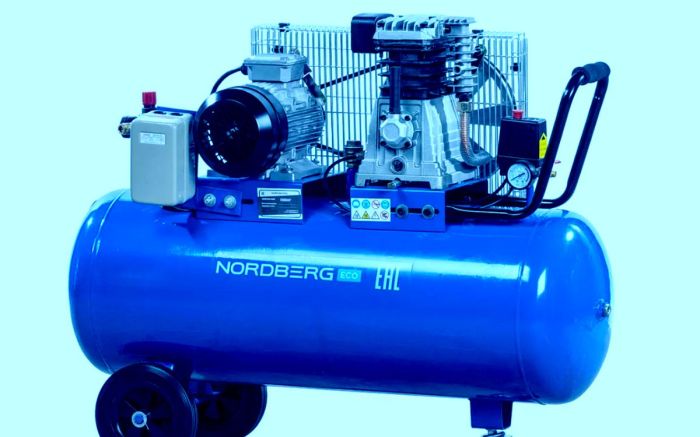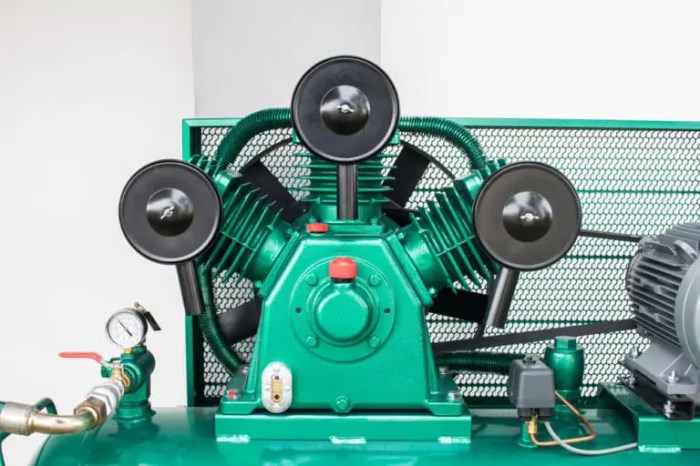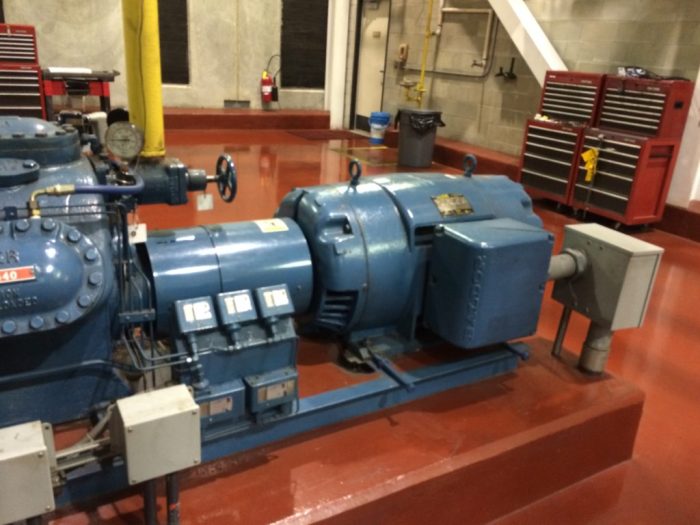A reciprocating compressor should not be energized when certain conditions are not met, as doing so can pose significant risks and lead to equipment damage or injury. This comprehensive guide delves into the specific circumstances under which energizing a reciprocating compressor should be avoided, highlighting the potential hazards and providing essential safety precautions.
Before energizing a reciprocating compressor, it is crucial to understand the operating considerations, maintenance and inspection procedures, troubleshooting steps, and safety precautions involved. This guide will provide a thorough overview of these aspects, empowering readers with the knowledge and understanding necessary to ensure safe and efficient compressor operation.
Operating Considerations

A reciprocating compressor should not be energized when it is not properly prepared. Energizing a reciprocating compressor under certain conditions can pose significant risks, including:
- Electrical shock
- Fire
- Explosion
Situations where energizing a reciprocating compressor should be avoided include:
- When the compressor is not properly grounded
- When the compressor is not properly lubricated
- When the compressor is not properly vented
- When the compressor is not properly installed
- Check the oil level and add oil if necessary.
- Check the air filter and replace it if necessary.
- Check the belts and replace them if necessary.
- Check the valves and replace them if necessary.
- Check the electrical connections and tighten them if necessary.
- Check the power supply to the compressor.
- Check the fuses and circuit breakers.
- Check the wiring to the compressor.
- Check the compressor motor.
- Check the compressor starter.
- Electrical problems
- Mechanical problems
- Refrigerant leaks
- Wear safety glasses.
- Wear ear protection.
- Wear gloves.
- Do not touch the compressor while it is running.
- Do not attempt to repair the compressor yourself unless you are qualified to do so.
Maintenance and Inspection Procedures

Regular maintenance and inspection are essential to preventing compressor failure. Before energizing a reciprocating compressor, the following maintenance and inspection procedures should be followed:
By following these maintenance and inspection procedures, you can help prevent compressor failure and ensure that your compressor operates safely and efficiently.
Troubleshooting and Repair

If a reciprocating compressor fails to energize, the following troubleshooting steps should be taken:
If you are unable to troubleshoot the problem yourself, you should contact a qualified technician.
Common causes of compressor failure include:
The repair procedures for a reciprocating compressor will vary depending on the cause of the failure.
Safety Precautions: A Reciprocating Compressor Should Not Be Energized When

When working with reciprocating compressors, it is important to take the following safety precautions:
By following these safety precautions, you can help prevent accidents and injuries.
Commonly Asked Questions
What are the potential risks of energizing a reciprocating compressor under certain conditions?
Energizing a reciprocating compressor under certain conditions, such as when the compressor is not properly lubricated or when there is a leak in the system, can lead to overheating, mechanical damage, electrical hazards, or even explosions.
What are some examples of situations where energizing a reciprocating compressor should be avoided?
Energizing a reciprocating compressor should be avoided when the compressor is not properly installed, when there is a leak in the system, when the compressor is not properly lubricated, or when the compressor is not properly maintained.
What are some key maintenance and inspection tasks that should be performed before energizing a reciprocating compressor?
Key maintenance and inspection tasks that should be performed before energizing a reciprocating compressor include checking the oil level and condition, inspecting the air filter, checking the belts and pulleys, and inspecting the electrical connections.